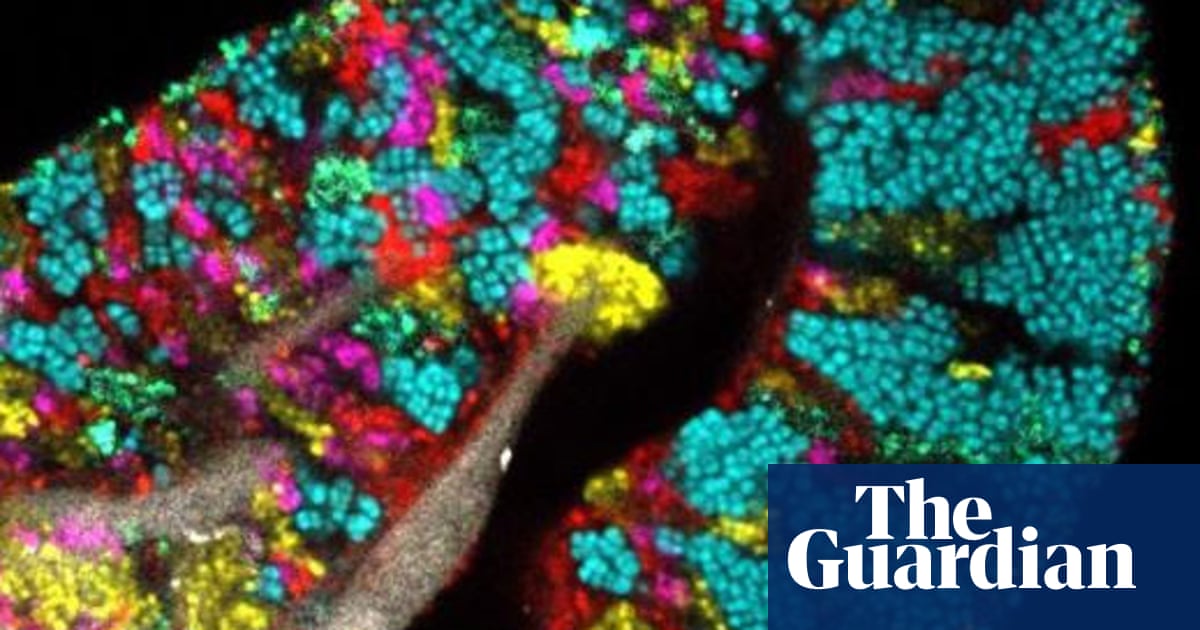
A new study has revealed how little is known about microbes – the hidden majority of life on Earth.
Life on Earth depends on an enormous amount of bacteria, fungi and other small organisms. They generate oxygen, keep the soil healthy and regulate the climate. Microbes play a vital role in food production, such as cheese, beer, yogurt and bread.
Yet despite their importance to human life and the health of the Earth, a new scientific paper has highlighted our “deep ignorance” about microbial biodiversity and how it is changing.
“We have no idea whether global microbial diversity is increasing, decreasing, or staying the same,” said David Thaler, a biologist at the University of Basel and author of the paper. “Most scientific articles tell us new facts. This is a different kind of paper; it answers nothing, but asks a new question. “
Many plant and animal populations are declining rapidly, with about 1 million species in danger of extinction, according to a 2019 UN-backed report. Plants and animals are counted over time to monitor how their populations change.
Microbes are often found in extreme environments – they survive at the bottom of the ocean, frozen deep in glaciers, and even in a toxic volcanic lake – making them difficult to study. Although poorly understood, bacteria and other small organisms are widespread in the deep biosphere below the Earth’s surface.
Prof Frederick Cohan, a microbial ecologist at Wesleyan University, Connecticut, who reviewed the study prior to publication, said that while the extinction of animals and microbes can go hand in hand, new bacterial species can form so quickly that they can increase regardless. extinction of plants and animals.
“When a mammal species becomes extinct, we can expect that any microbes that depend primarily or exclusively on that species will also die out,” he said.
“On the other hand, microbial ecologists like me who study the diversity of very closely related bacteria find that new bacterial species are always being formed. There are always new ways for bacteria to distribute existing resources to make new species possible. “

The paper explores how changes in global microbial biodiversity can be studied, including by tracking small sequence changes similar to those used to track Covid-19 variants, and by analyzing the molecular machinery of gene transfer. Researchers hope that the research will inspire others to conduct research.
Socrates called ignorance of what we do not know ‘deep ignorance’. This kind of ignorance has been referred to as “unknown unknowns” by former United States Secretary of Defense Donald Rumsfeld. This article identifies what is, or was, as of now, a biologically unknown unknown, ”said Thaler.
Jesse Ausubel, director of Rockefeller University Human Environment Program, a sponsor of the study, said, “Linnaeus started his system in 1735, nearly 300 years ago, and we still don’t have a complete list of the plant and animal species he began to catalog. It won’t be easy to do something similar with probably 1,000 times as many microbes and measure the changes. “
Microbes in the human body have been linked to disorders from obesity and type 2 diabetes to food intolerances and anxiety. But the implications for the planet of humanity’s ignorance of how microbial life is changing is also unclear, the study finds.
According to the 2010 Census of Marine Life, about 90% of the total weight of organisms in the ocean is made up of microbes. Microbes are crucial in carbon capture, they break down organic matter and form the basis of the food web.

Viruses such as Covid-19 and other microbes such as the Yersinia pestis The bacteria responsible for the bubonic plague can cause disease and are increasingly associated with the destruction of the natural world. Understanding changes in the abundance and diversity of microbes is important to understanding the health of the planet.
“There is no agency yet monitoring the state of the microbial world, and no WWF or Nature Conservancy for microbes. Maybe soon we will realize and rectify our neglect and lift our respect for the diversity of microbial life, ”said Ausubel.
Learn more about the age of extinction here and follow biodiversity reporters Phoebe Weston and Patrick Greenfield on Twitter for all the latest news and features